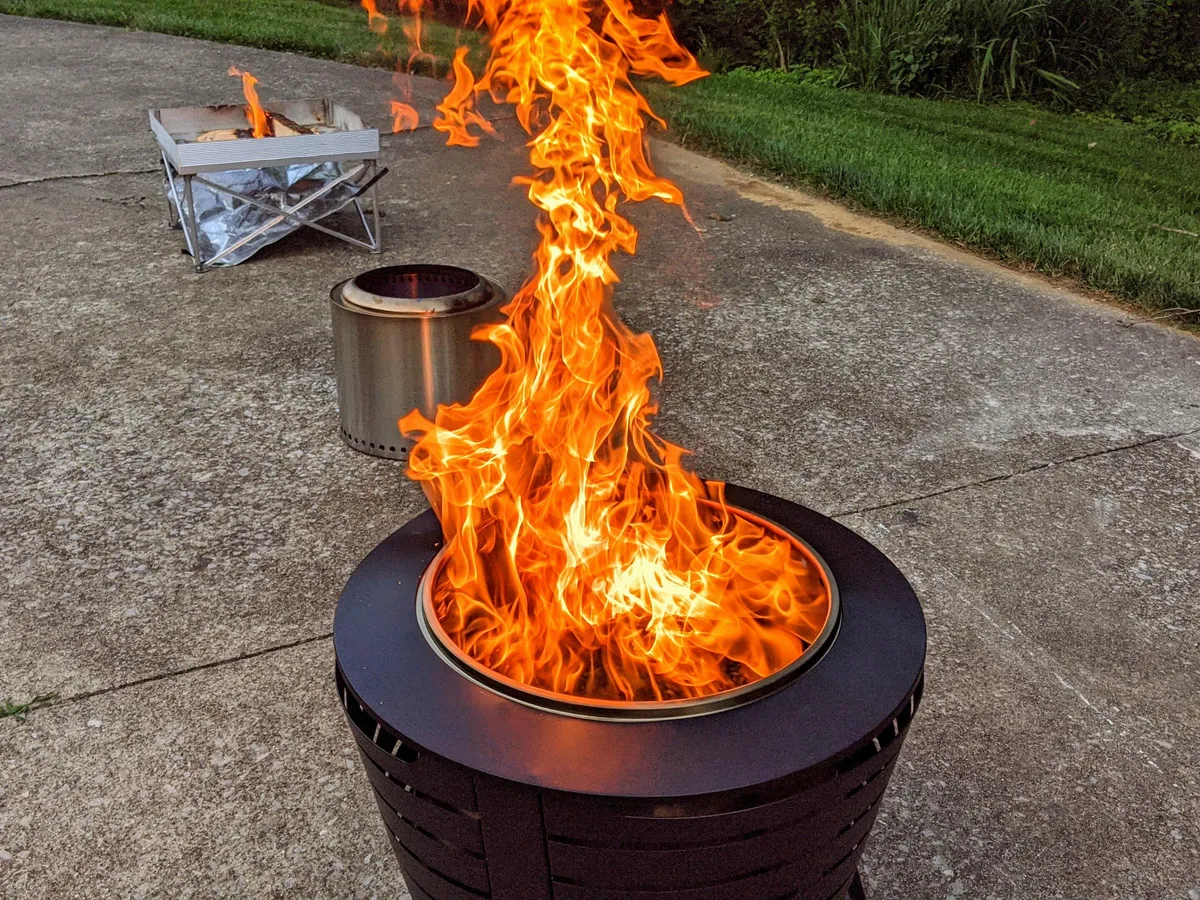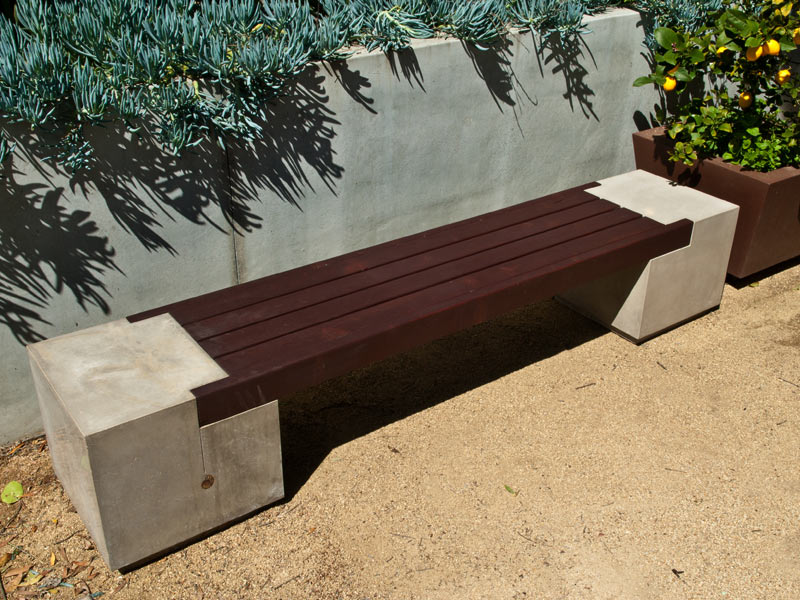It’s not a job you can do at any time of the year. You’ve never seen someone up on a ladder painting in the middle of winter. Why is it only during certain seasons of the year that exterior painting jobs are carried out? It’s not because no one wants to paint outside in the cold.
The best weather for paint outside
The weather must cooperate for you to get the perfect paint job. The temperature and weather conditions are directly linked to how paint dries.
You want to pick a period that will give you warm and dry days. You should also consider the weather the days before and the day after you plan to paint. It’s important to allow your siding to dry completely before painting if it has rained before. After the application, you want to be sure that it won’t rain when the paint is still drying.
Be careful about large temperature changes from day to evening. The paint will not cure properly if you have perfect temperatures in the daytime, but suddenly drop to a lower temperature at night. This could result in a surface that is less than perfect, and even cracking or peeling.
What is the best weather to paint your exterior? Early summer and early autumn usually have the best weather, with little rain and little temperature fluctuations from day to evening. The paint will go on easily and have the opportunity to cure and dry properly.
What is the perfect temperature to paint on the outside of a building?
Summer is the perfect time to paint your exterior. Summer is a time of reliably dry weather, with little to no rain. However, the heat can be extreme. It’s possible that the paint will dry out too quickly when it is too hot. This could result in a less-than-ideal finish. This can lead to ugly brush marks or clumps that have dried onto the brush, being applied to the newly painted surface. It’s also not a good idea to paint in extreme heat under blazing sunlight.
Always aim for a cool day. Also, you’ll want to be aware of the humidity level. It is best to avoid excessive humidity when painting. As mentioned above, the best temperature is usually found in early summer or early fall depending on where you are. If you stick to these seasons, you will probably have great weather for painting!
What should you avoid doing?
1. Don’t paint when it’s wet outside!
Always paint on dry surfaces. Avoid painting during rainy weather. If you want a perfect, even finish, this is crucial.
2. Do not paint beyond an acceptable rang of temperature!
“It’s best to avoid painting outside during the winter months, as it is usually too cold to allow the paint to cure and dry properly. Extreme heat can also cause paint to dry improperly. You should also consider the temperature at night, as your paint is still drying. It depends on what type of paint and brand you are using. They’re all different. Ask an expert if you are unsure whether the conditions for exterior painting are suitable. You can get help from your painter or supplier, especially when seeking guidance from a House Painter in North Shore.”
3. Do not paint outside of the seasons
Most people do not paint past November because it is often too cold. In some southern regions, it’s warm enough to paint into early winter.
It’s important to consider the weather conditions where you live when deciding on when to paint. However, if you follow these guidelines, you will be able to achieve a perfect finish.
Can I paint during the summer?
The summer brings long sunny days, which seem ideal for painting. You can use the energy of the sun to create a beautiful paint job.
Important Considerations:
- Temperature : Choose moderate temperatures for painting and paint in the early morning or evening.
- Humidity : Low humidity is conducive to paint drying.
- Safety : Hydrate, take breaks and protect yourself from the sun rays.
Can I paint in the winter?
Winter painting is tricky, particularly in colder areas. Low temperatures can cause paint to dry and cure slowly, resulting in poor adhesion or finish. Consider using paints that are designed to withstand colder temperatures.
Considerations:
- Temperature : Make sure the temperature is above the minimum recommended for the paint to dry properly.
- Humidity : Low humidity is preferable to avoid extended drying times or paint defects.
- Surface Preparation : Clean and dry all surfaces thoroughly before painting.




